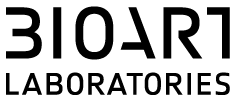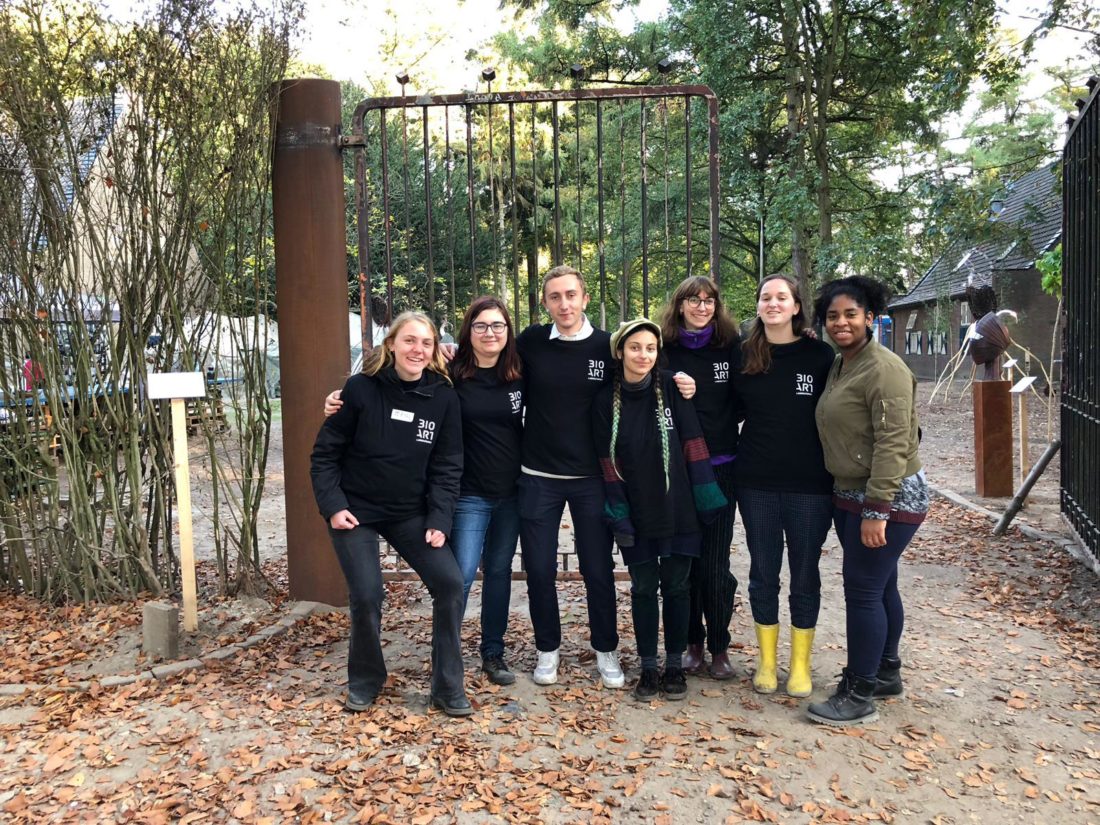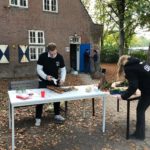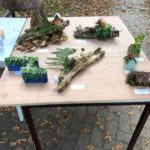Sweat With Me
Human sweat is very often perceived as dirty, degrading, to avoid. Why this stigma?
As other human ‘materials’ such as urine, sweat is a waste product of the human body, which gives rise to a judgement of negative value. There are indeed ways to control it, using deodorants and wearing special clothes that air the body differently. But the sweat remains perceived as threatening, both for its smell and for the traces it can reveal, which are considered unclean and uncomfortable.
Mathias Anger, Talent Pressure Cooker participant in 2018 and initiator of the Sweat With Me project, paints a picture:
“In the very near future, planet earth is breathless, there is no more energy, human activity has polluted the entire globe and exploited all fossil resources. Overconsumption has been a disaster. Oil has completely disappeared, and it is now impossible to obtain as at the beginning of the century, the price of fuel has soared. Most plastics are no longer manufactured but only recycled, it is impossible to tarmac the roads… Humanity is idling. Man has no choice but to realize the obvious: to produce, one must give. This new era is the return of hard work, manual work, reconnecting with nature.
During their working hours, some workers are dressed in a special airtight outfit. These “producers”, as they are called, collect their sweat, now a full-fledged material. A very small part of this sweat will become plastic.”
Human sweat is about 99% water and 1% lactic acid. This acid, also present in cabbages and some dairy products is the main ingredient of the polylactical acid (PLA), a bio-sourced polymer. At a time when the question of resources becomes central, we should ask ourselves about our consumption. At what cost can we drain our fossil resources? Shouldn’t our production require some effort? Sweat With Me offers an innovative answer: create a sustainable material using your own sweat.
On the 24th of October, our public was invited to join in a Sweat With Me-scavenger hunt. Participants were given the mission to gather ascribed materials from the forest on the BioArt Laboratories location, and do it as fast as possible. After someone had gathered all of the materials – so after a lot of running – their sweat was collected from their armpits. Afterwards, they were assisted in making an artpiece from the materials they collected, which they could take home! The sweat is now a valuable asset to our inventory, and deployable for further research!
Location
BioArt Laboratories
Date
October 24, 2018
Category
Experiments, Workshops






